Cannabis is full of "bro-science" terms that have stuck as fact, and some of the most common catchwords uttered by cannabis consumers and connoisseurs are misnomers.
Sure, it sounds a little snobby to point it out—it's just weed after all—who cares? But just because we can, let’s go over a few funky falsities cannabis enthusiasts just can’t seem to kick, and their more accurate alternatives.
Plus, it would be fantastic if we could get the plant legalized - and sounding like we know what we are talking about might help.
Cannabis Strains
Aside from the most obvious usage in referring to injuries (such as sprains or muscle tears), "strain" is primarily used in microbiology to describe a specific genetic variant within a species of bacteria or virus. Think SARS-CoV-2, for example, which is a strain of the coronavirus.
The word has been used incorrectly in cannabis for a long time. Perhaps people just like the association with a virus? The one that grinds my gears the most is strands. Fabric anyone?
Personally, I'm not a huge fan. I'm guilty of using strains from time to time, but it’s simply inaccurate. Here are a few more precise terms:
Cannabis Varieties
In the plant world, different species often evolve and adapt to their environments, producing various varieties. These are not separate species, just plants with distinct characteristics. "Varieties" is my preferred way to describe cannabis' "strains," as it’s far more scientifically accurate.
Cannabis Cultivars
Theoretically, we should all be referring to the human selected hype strains as cannabis cultivars. I get it—cultivar sounds a little pretentious—but it’s the correct term for plants that humans have intentionally bred. The word itself is a combination of cultivated and variety, meaning cultivars are intentionally bred for certain characteristics, as opposed to plant varieties, which evolve naturally. Call a new cultivar a tomato breeder has been working on for years a "strain" and they will not be impressed.
Plus, you might sound cooler at the dispensary if you ask what cultivar they recommend.
Polyploidy and Fasciation

An extremely common misconception in the online community, is calling plants with fasciation polyploids. Fasciation is a mutation marked by flat wide stems and large puffy flowers (pictured above). Polyploidy, are organisms such as triploids, that have more than 2 complete sets of chromosomes. In the plant world, polyploids often produce larger fruits and flowers - but polyploidy is not something that can be visually confirmed. Many commercial crops take advantage of polyploids, from bananas, to seedless watermelons, to strawberries. In order to know if an organism is a polyploid its tissues must be analyzed using flow cytometry. Though fasciation is a fascinating mutation, it is not a sign of polyploidy. We have a great video from some field trials where almost 80% of the crop showed the mutation, here.
Indica and Sativa Cannabis
I’ve already covered this previously, so I’ll keep it short. All cannabis plants are hybrids of many different varieties, from many different corners of the globe, with varied effects on everyone who indulges.
Fat-leafed, short, squat plants are not indicas, and long, slender-leafed, gangly, long-flowering plants are not sativas. They are all hybrids. The terms had a time and place, but that time is over. Cannabis has been hybridized by growers across the globe for far too long to expect there to be any sort of concrete link to its homelands. Virtually every cannabis plant on the earth is a product of globalization.
A budtender has no idea if a plant came from the Hindu Kush when they label it an Indica at the shop—it's just a marketing gimmick. Cannabis is still considered one species, and despite the visual differences between plants, they are all cannabis. Be it type I (THC dominant), Type II (THC and CBD dominant), type III (CBD dominant), type IV (CBG dominant), or type V (no cannabinoids), they are all cannabis.
In reference to the effects of cannabis, try using terms like uplifting and energizing versus sedative and relaxing—and remember, every body is different, so its effects on you could be drastically different than advertised.
Using terms that once represented the geographic origins of plants is no longer relevant for describing effects, and certainly not geographic roots. So next time you see a flower peddled as 80% Indica 20% Sativa, call bullshit. Its 100% a hybrid. If you want to assume the effects will treat you the way they say they will, that's good on yah. I can smoke an advertised 100% indica and lay in bed with heart palpations all night - but hey it's an Indica so I should be sleepy right?
Cannabis Phenotypes
Another grower favorite is the term phenotype. Phenotypes refer to the physical characteristics an organism displays, which are determined by the interaction between its genetic makeup and its environment.
In cannabis, it's often used to refer to differing characteristics displayed by plants that often have different genetics (genotypes). The expression is meant to refer to different observable characteristics we see in a plant - but the genetic differences are often overlooked. But asking a breeder how many phenotypes of a genetic their seeds will produce is completely dependent - and the phenotypes one finds in a pack of seeds are, yes, visually different, but more appropriately separate genotypes.
Genetic Variation (Aka Genotypes)
Cannabis seeds on the market are often polyhybrids. For example, the variety Runtz was created by pairing a Zkittlez plant with a Gelato plant. Zkittlez itself is a hybrid of Grape Ape and Grapefruit, while Gelato is a hybrid of Sunset Sherbet and Thin Mint Girl Scout Cookies. All four parents listed in the creation of Runtz are polyhybrids that were likely created from yet other polyhybrids. They are a mix of mixed up parents with no pure breeds in the mix.
When Zkittlez is crossed with Gelato, there’s a pile of different genetic variations (genotypes) that can emerge from the cross—characteristics that may even come from many generations back. Each plant is a different phenotype— because it looks different, but they are more importantly genetically distinct plants, genotypes. Someone found one they really liked and called it Runtz.
Polyhybrids do not show consistency between plants when bred with, and if you tried to make your own Runtz, you'd have to do some serious digging to find the exact cut that has blown up the streets.
F1's vs Polyhybrids
Thats why we make F1's. When producing F1 seeds, each of the parents is inbred over upwards of 4 generations until the gene pool is very small. When plants are crossed, the offspring display predictable and consistent physical characteristics, with very little genetic variation. They are all the same genotype. They can display different phenotypes depending on the environments they are grown, but they are all essentially the same genotype.
The reason growers see so much variation between their pack of seeds is that most cannabis breeders don't take the time to make F1's. It requires a huge amount of space and time. For basics on F1's, visit here....its what virtually every other agricultural crop relies on. Correct me if I'm wrong in the comments, but I'm pretty sure there are no other crops where breeders can throw out so much trash that people pay for.
We spend years inbreeding and selecting before releasing any new lines, but for the majority of breeders, they can't be bothered to spend years to release something that will be consistently excellent. After all, most seed buyers won't realize their mistake for 5 months after the buy, and by then there is some other new hype "strain" to pickup. Or maybe you are a "pheno hunter" - but next time call it a geno hunter. But why not just get something you know works?
Let’s Get Weed Legalized
I know, I’m a hypocrite—I just used the word weed. But seriously, the more educated the cannabis community becomes, the better suited we are to get cannabis legalized nationally. Using bro-science terms only damages the credibility of the industry. And let’s face it, there are plenty of "experts" in the community who are complete idiots, so impress them with some real knowledge.

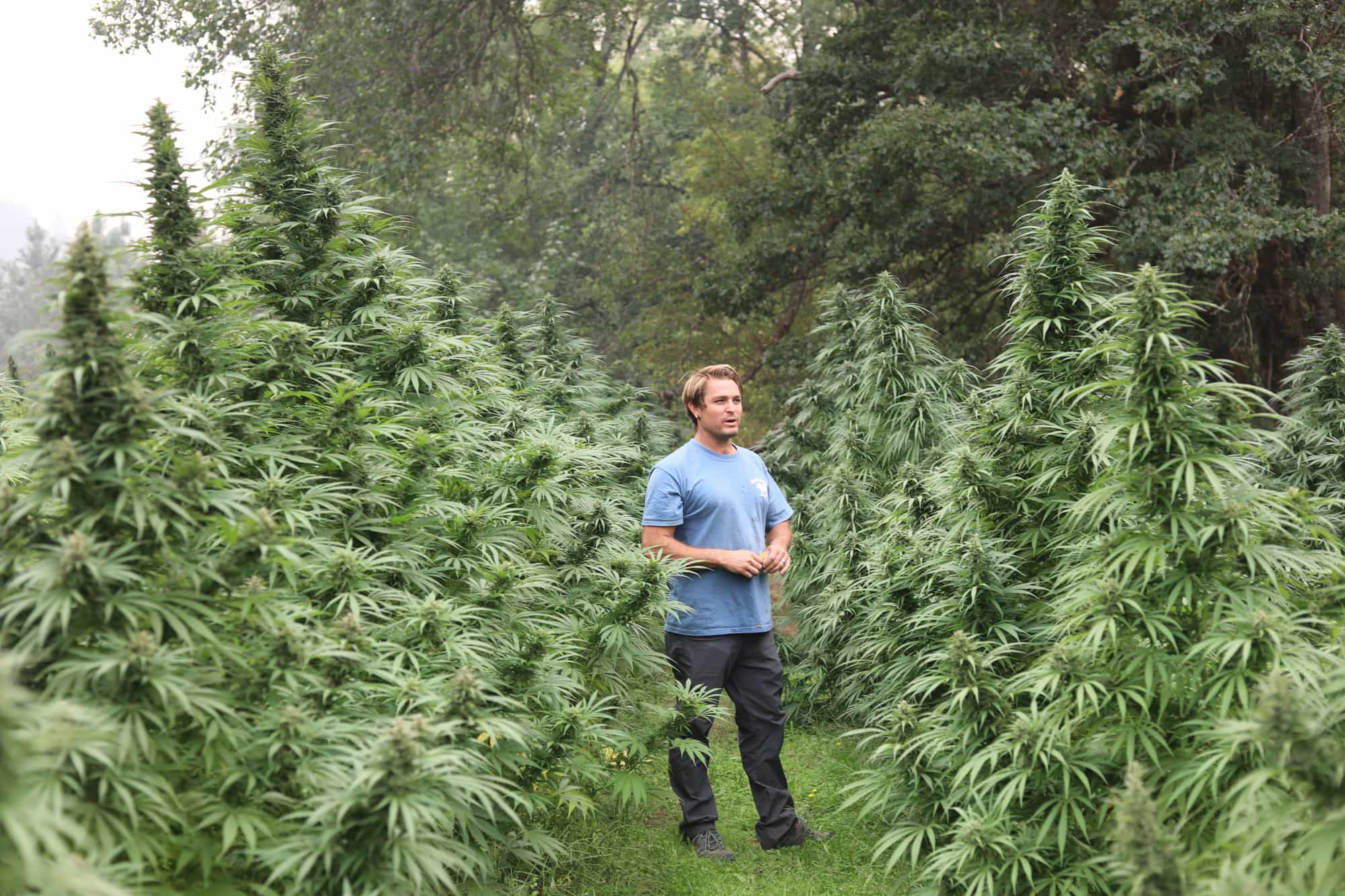
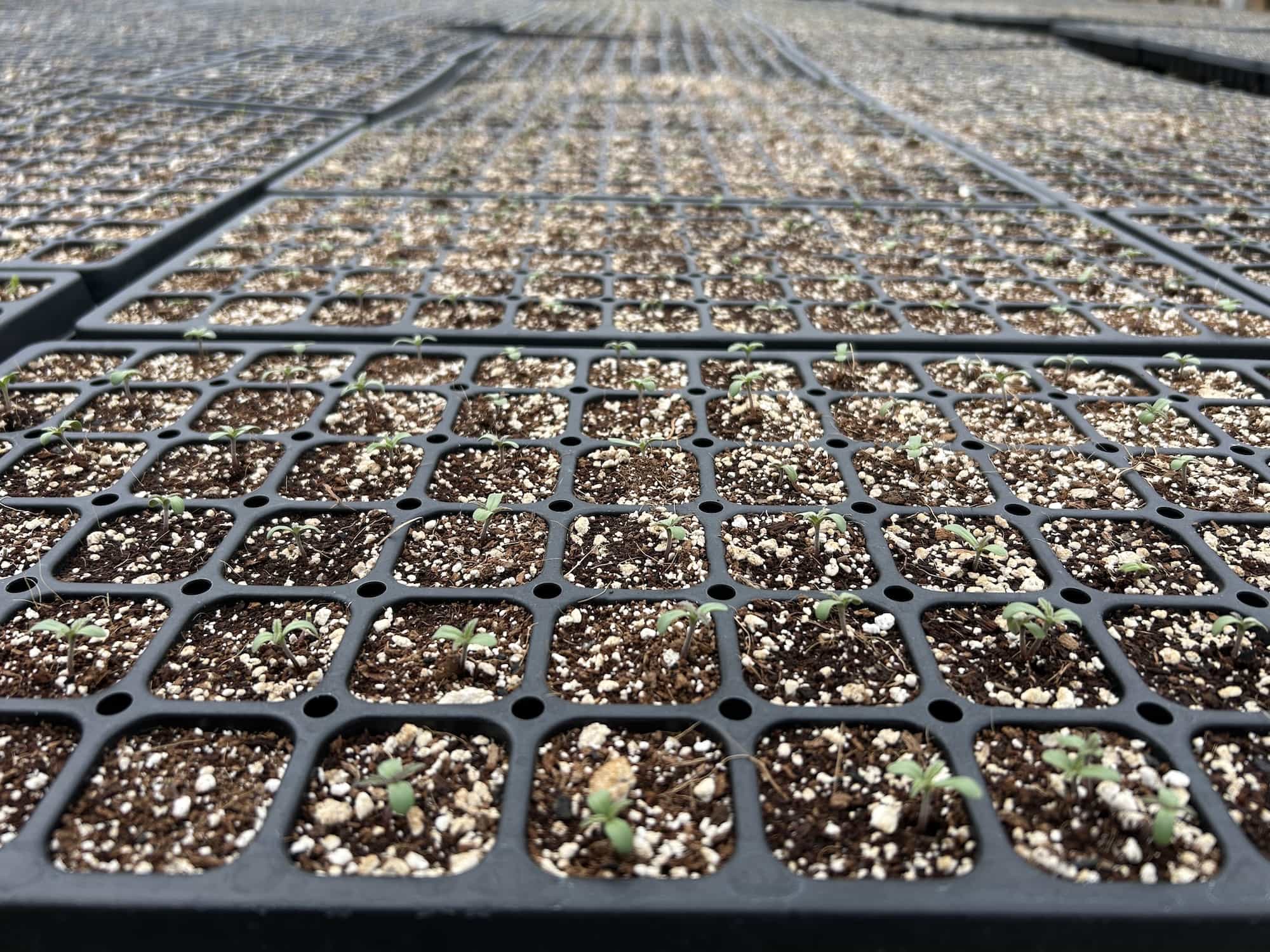
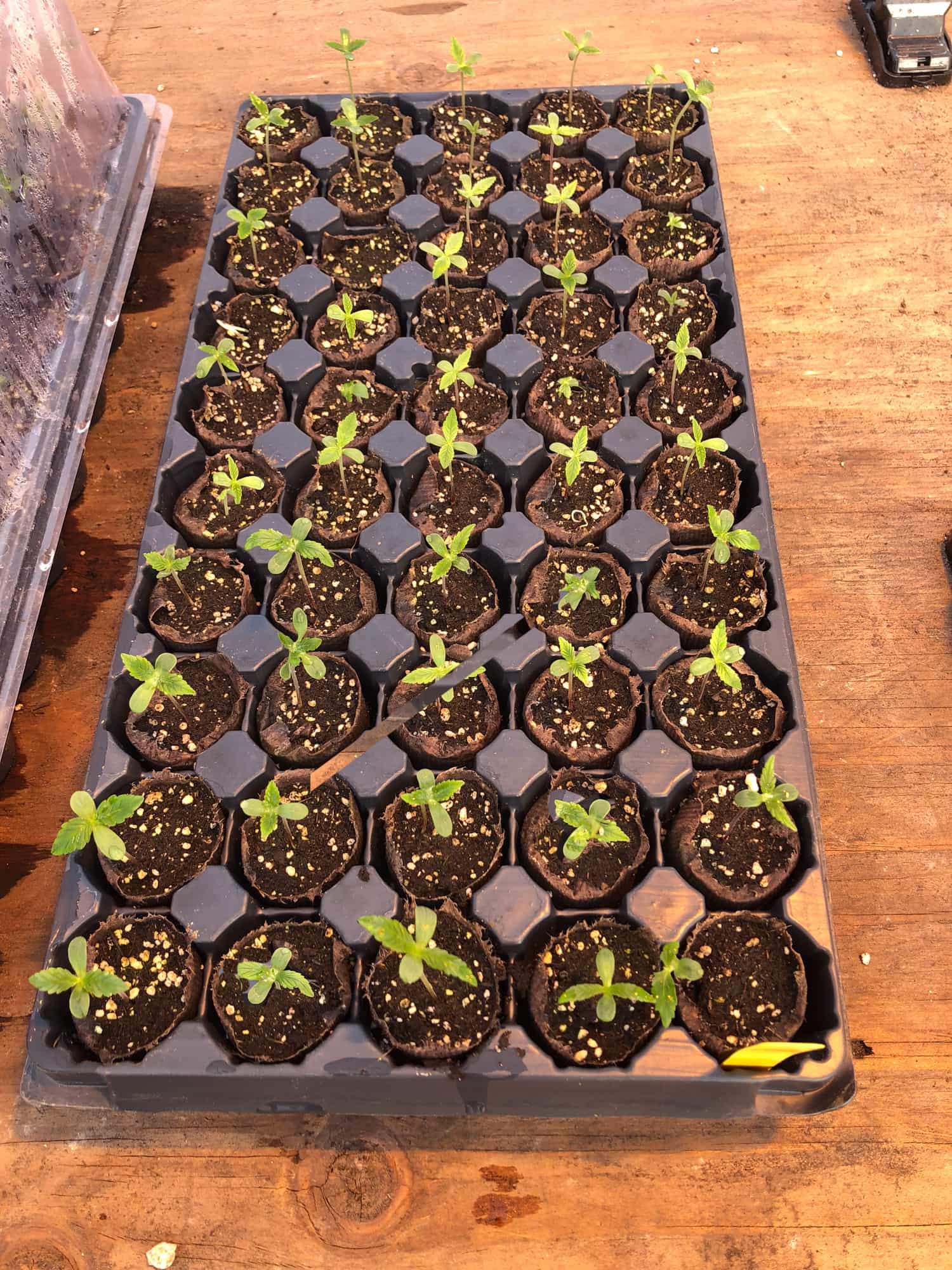

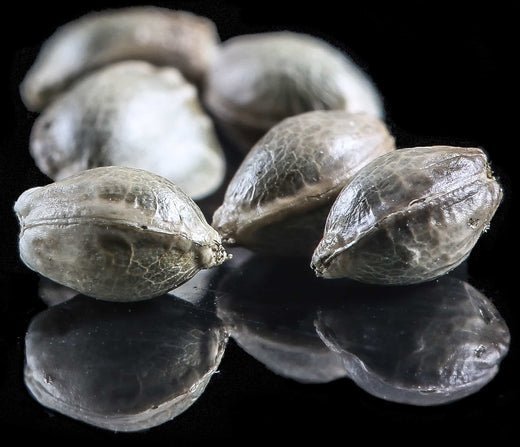
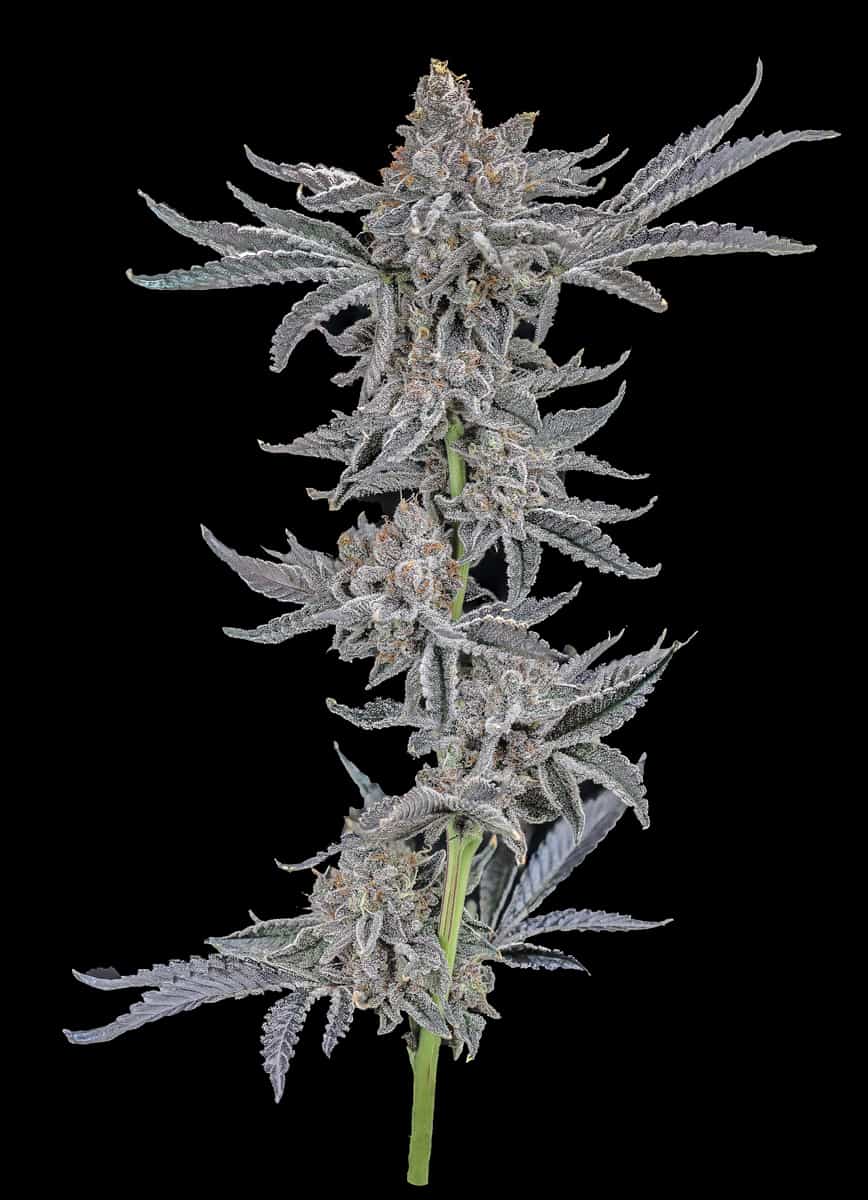
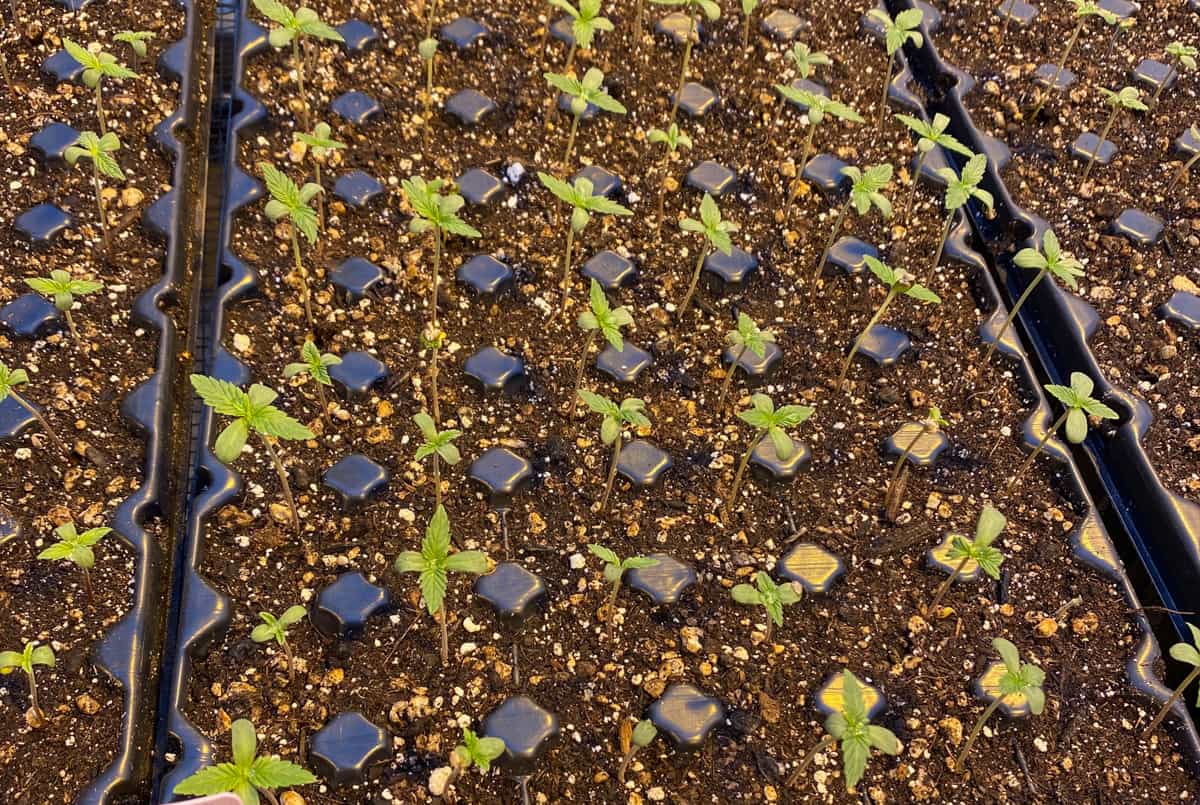

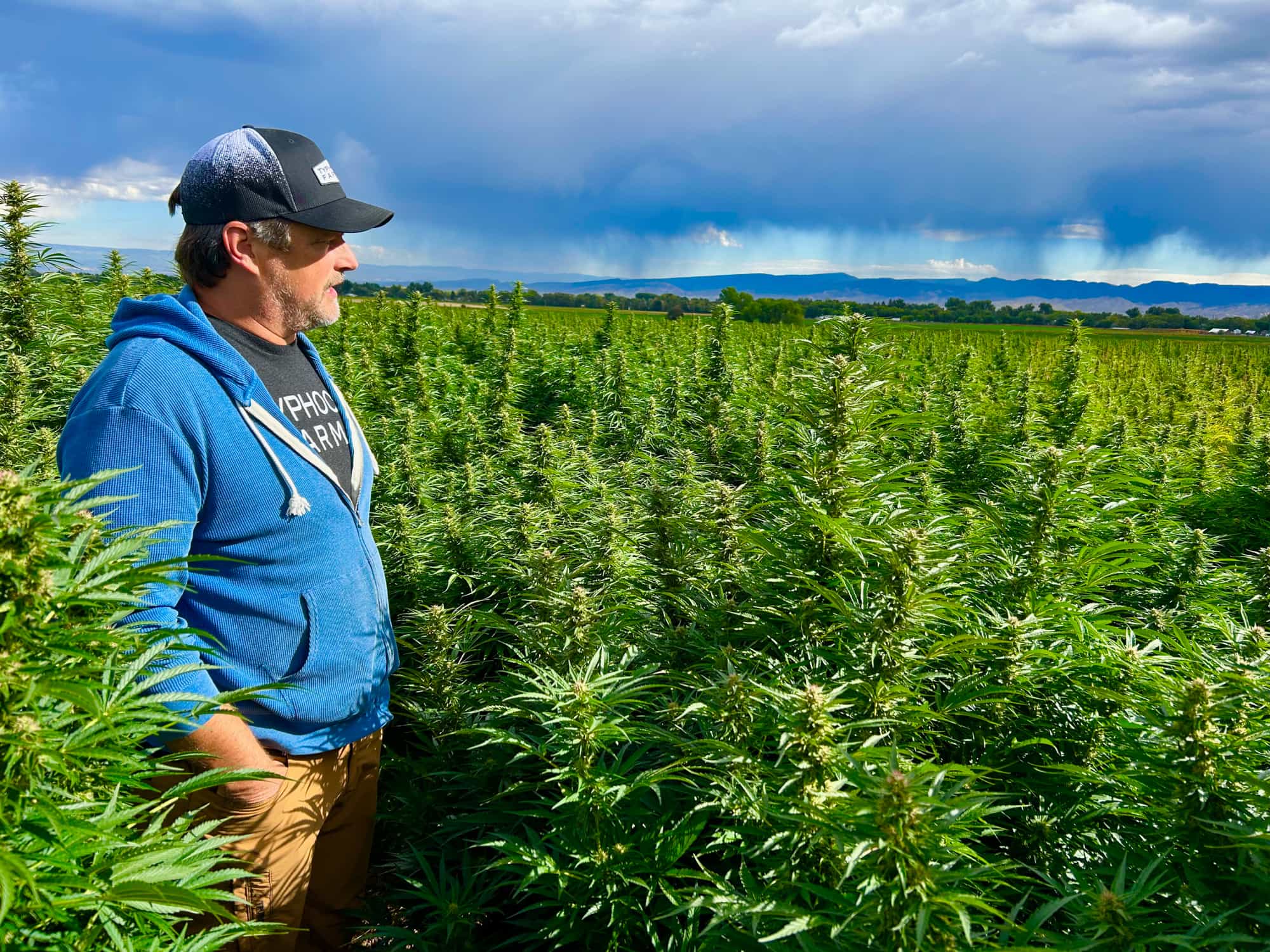
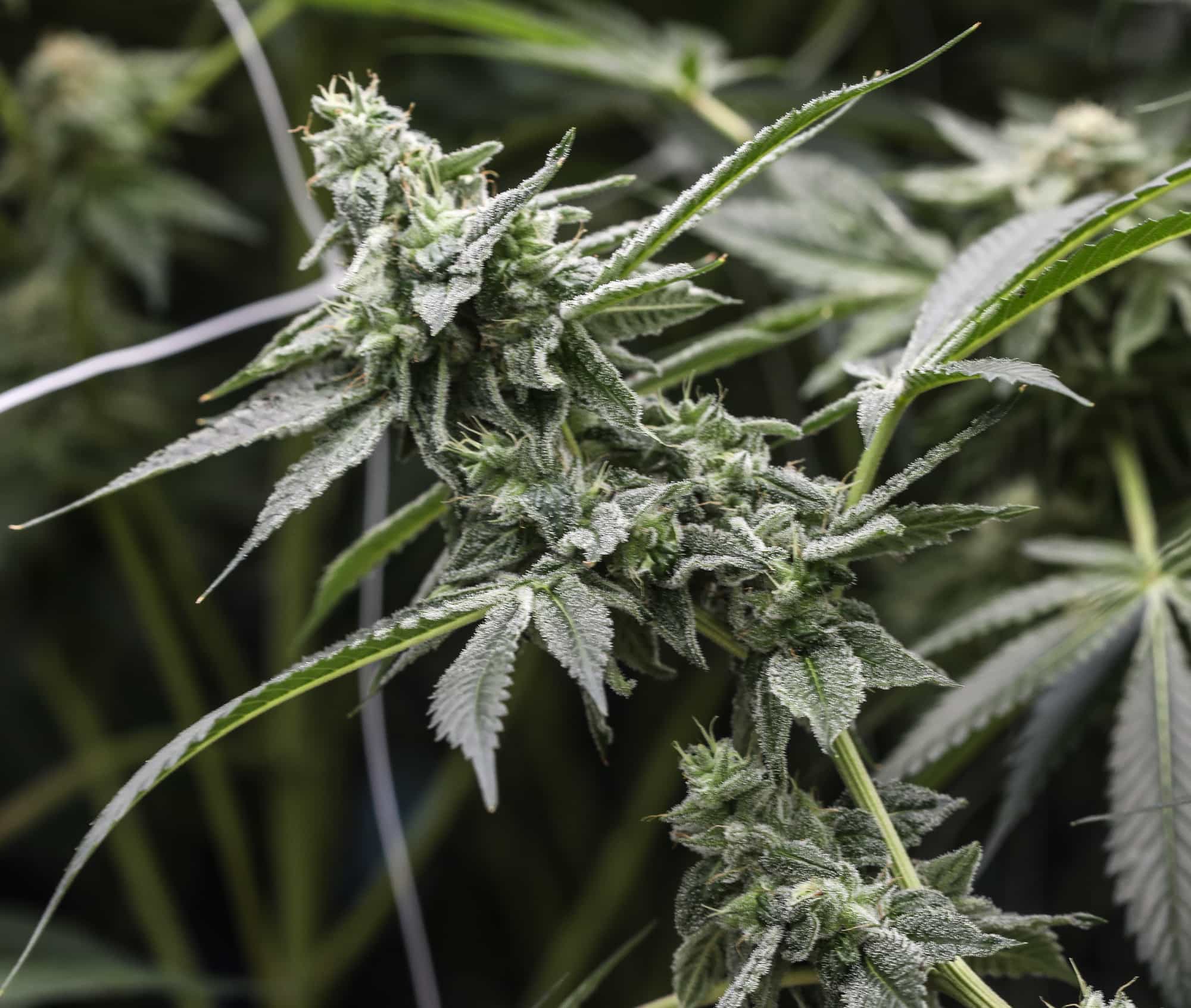
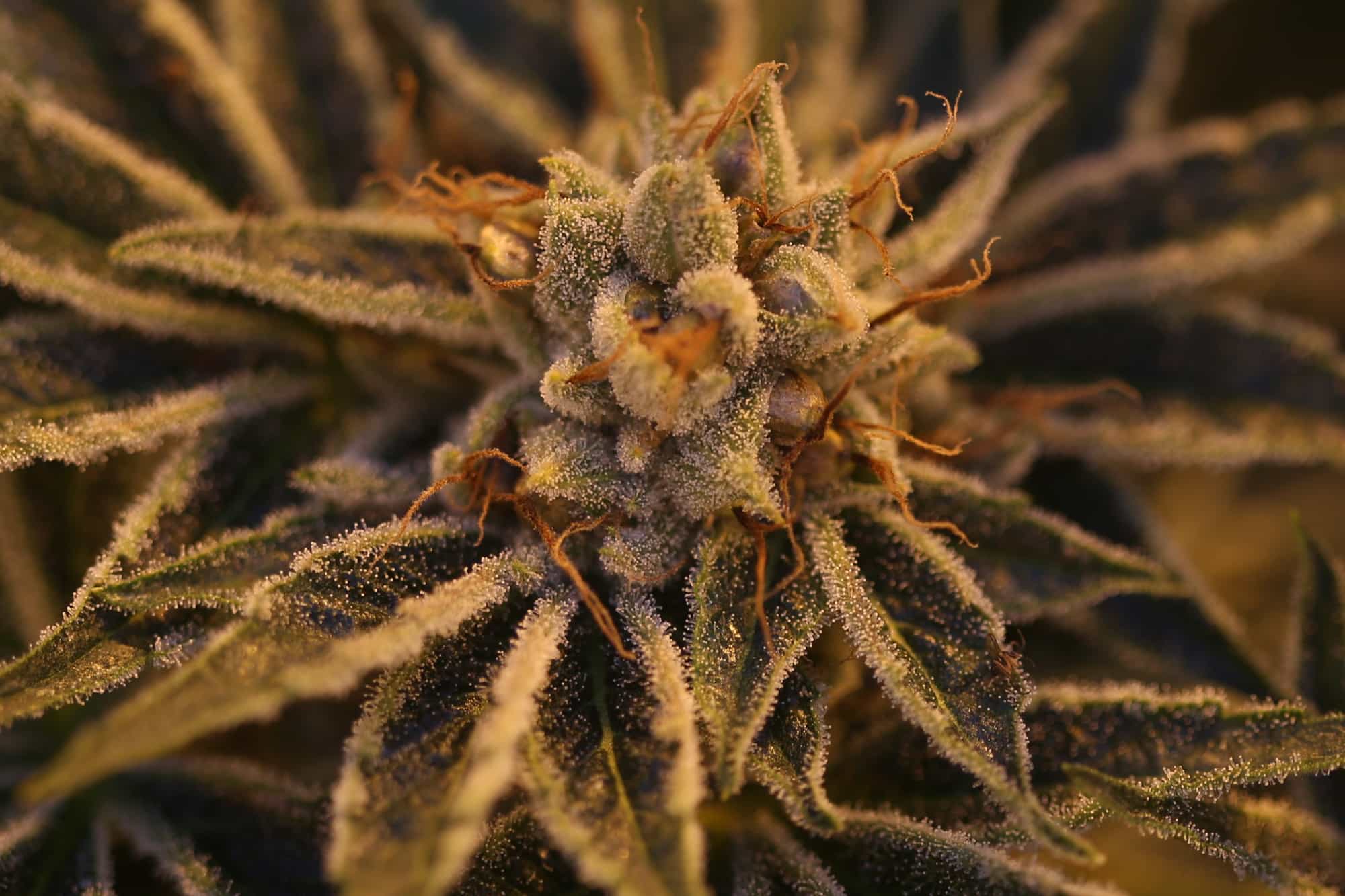
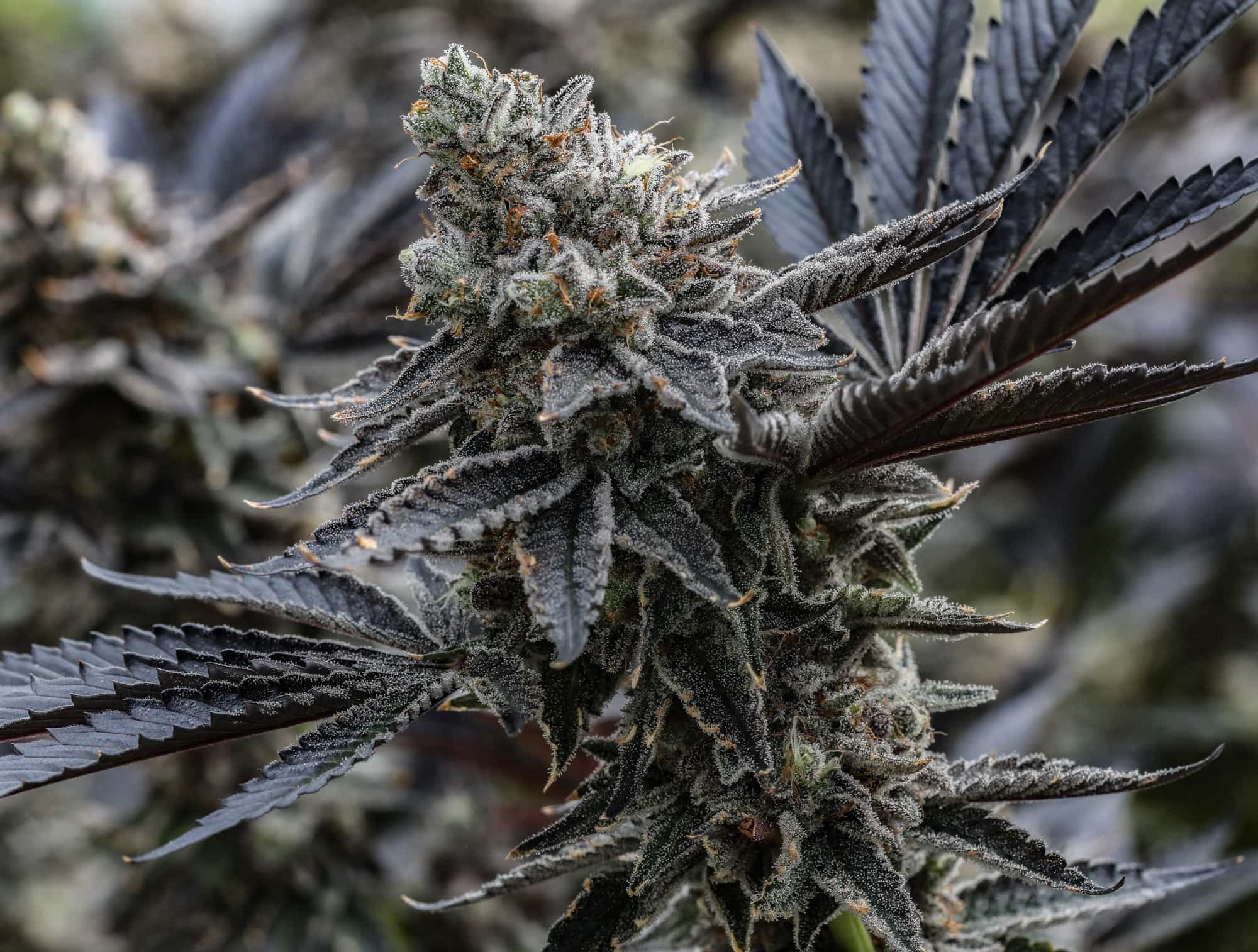
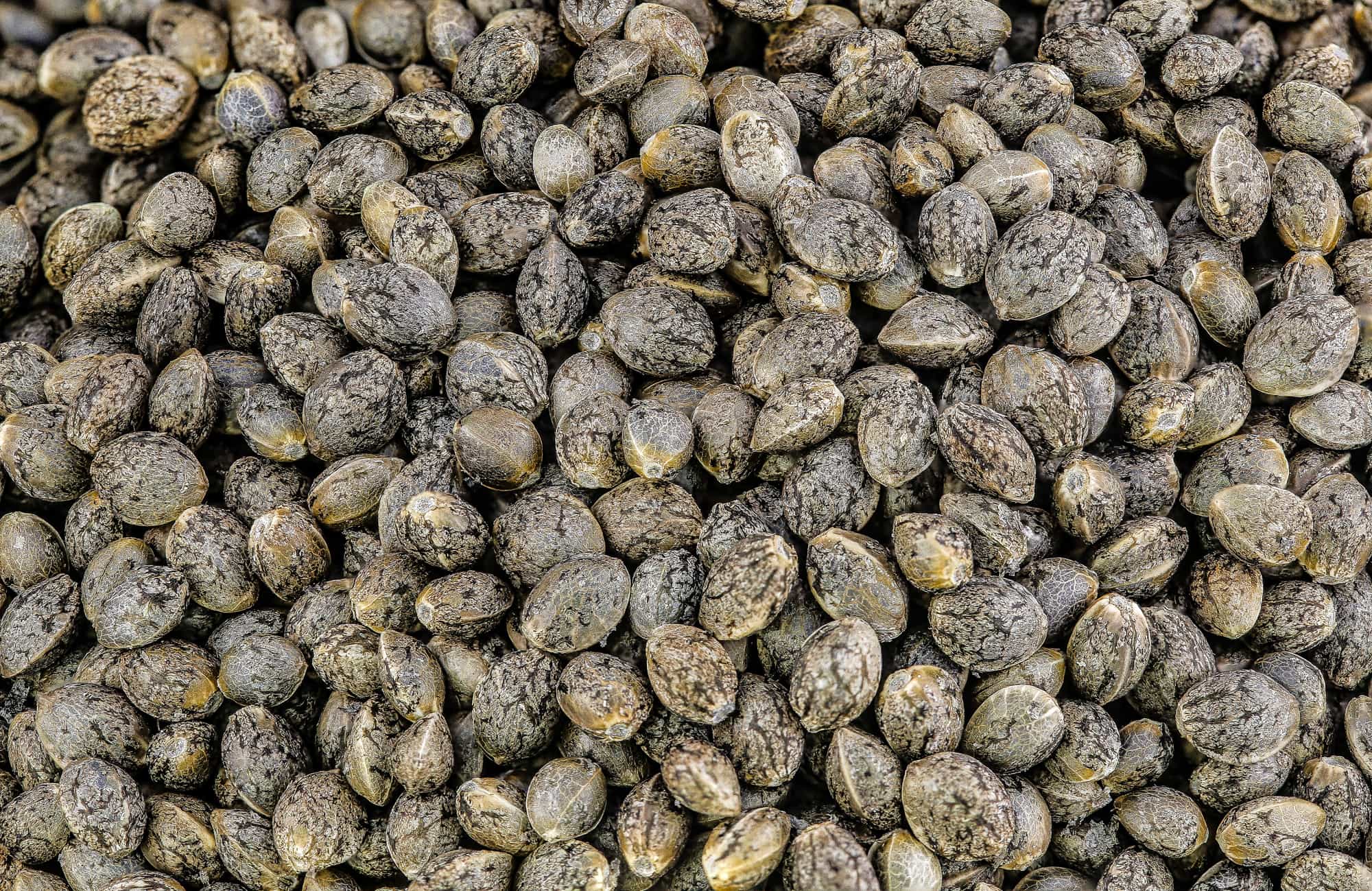
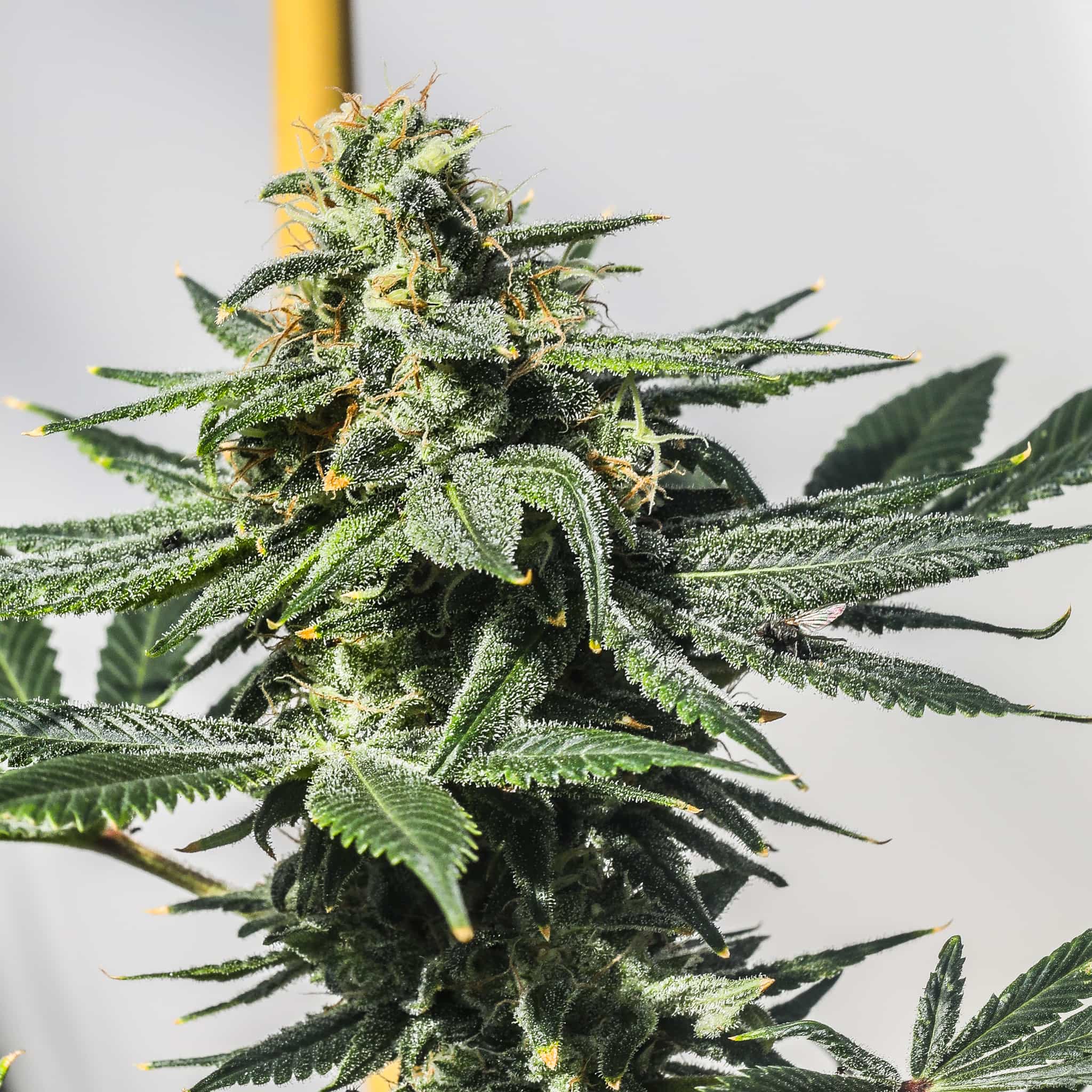
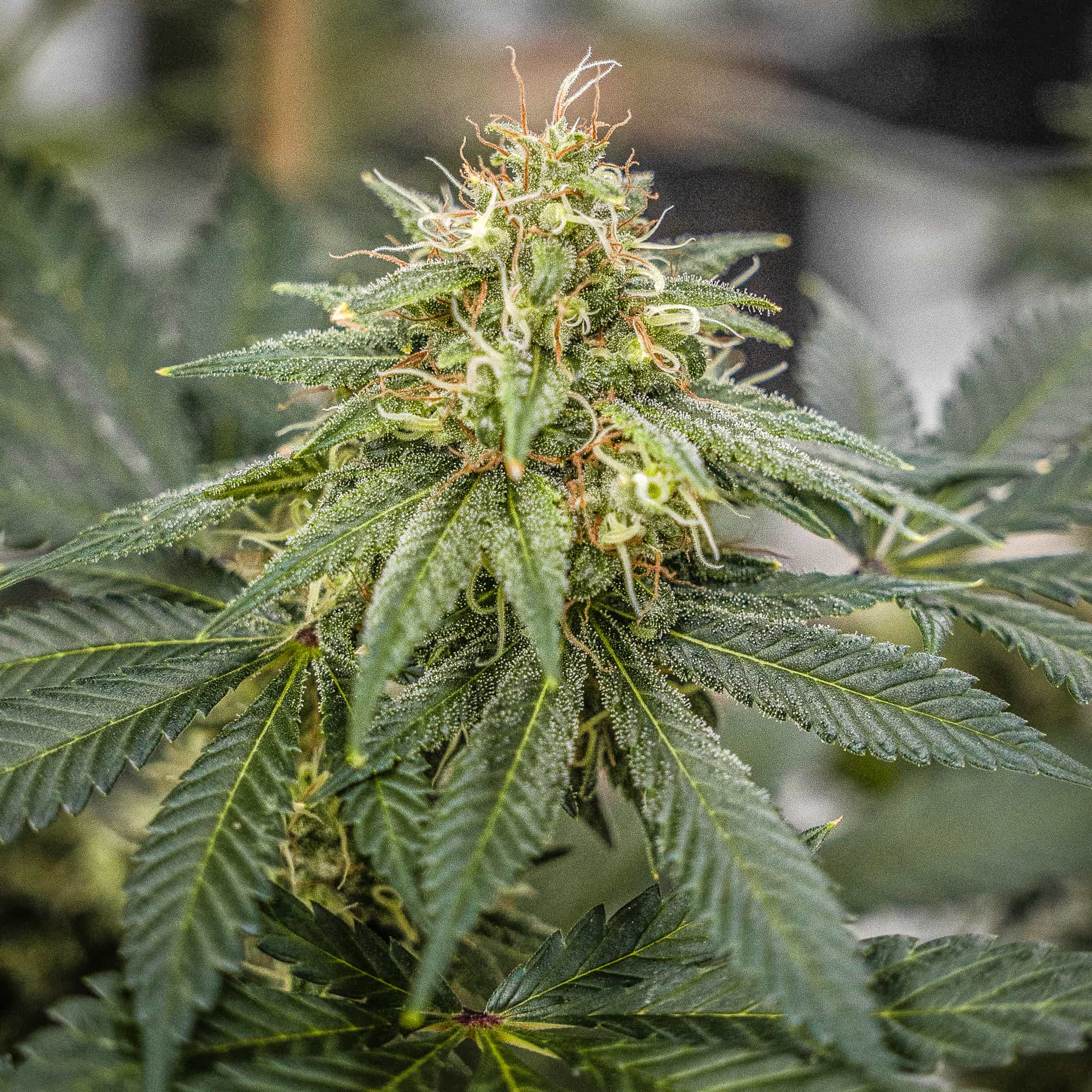
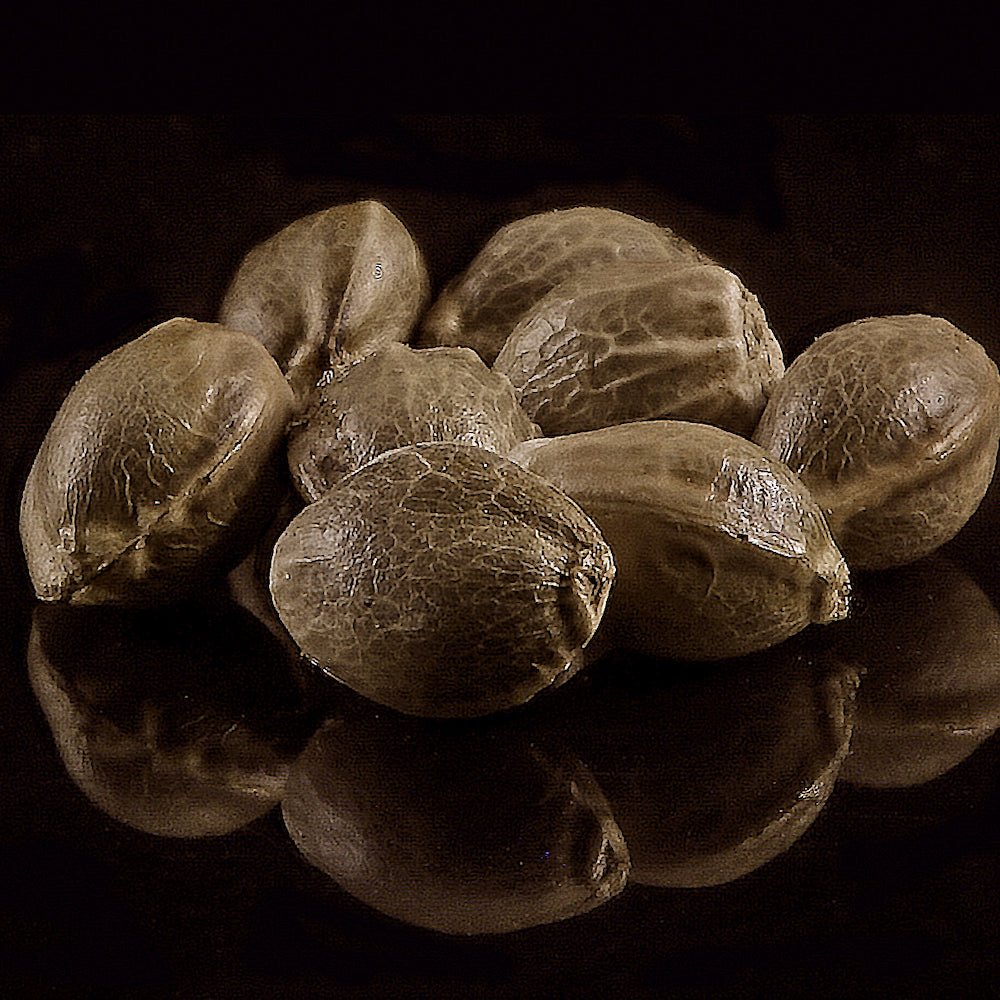
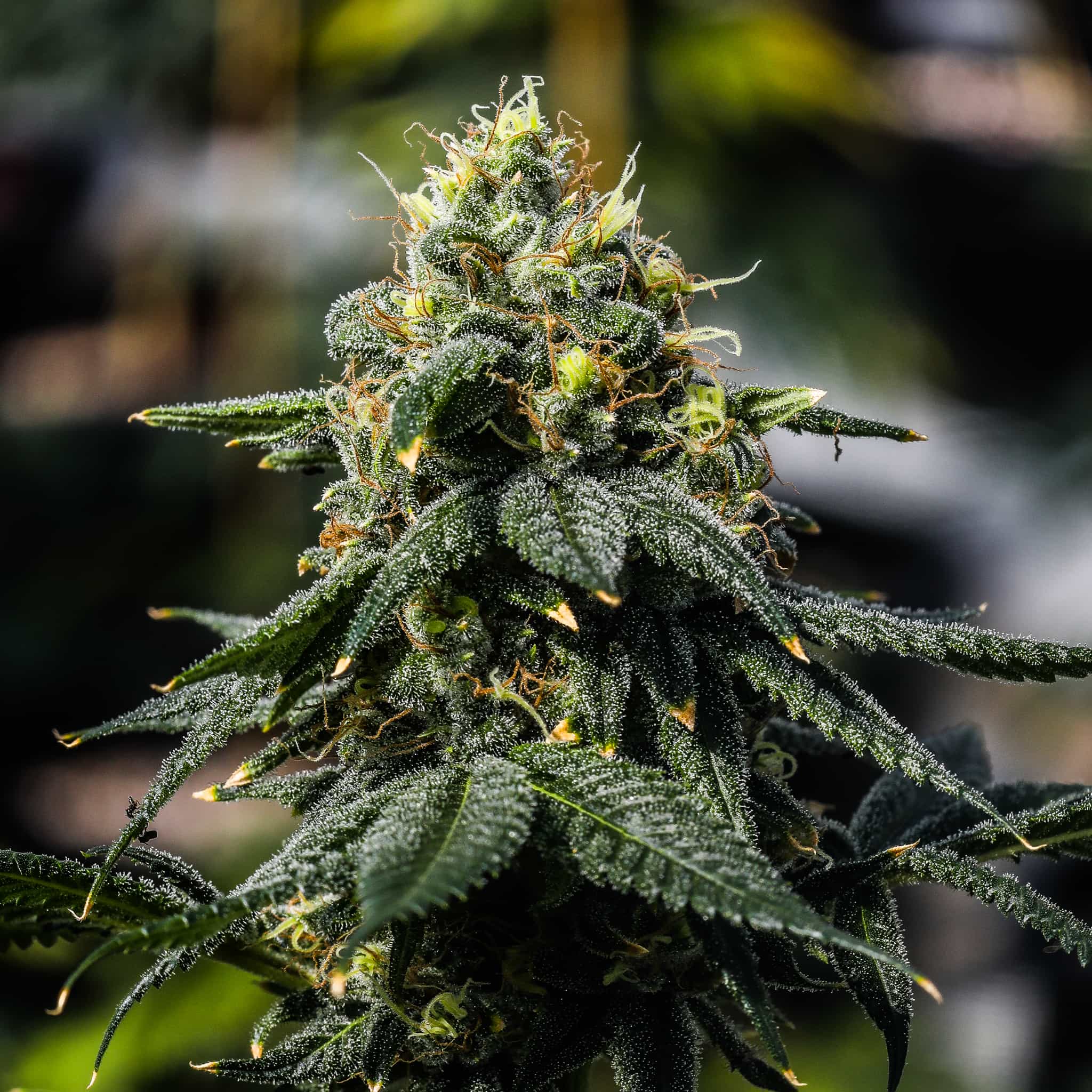
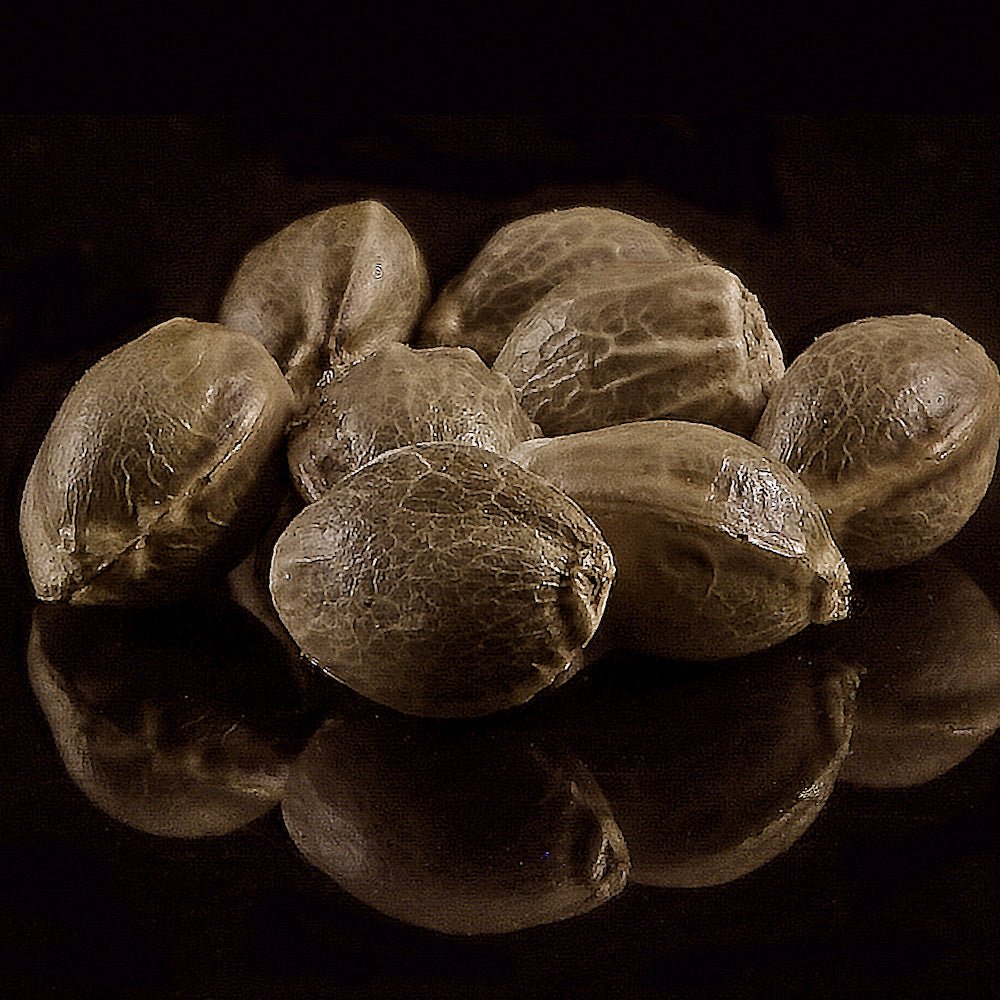
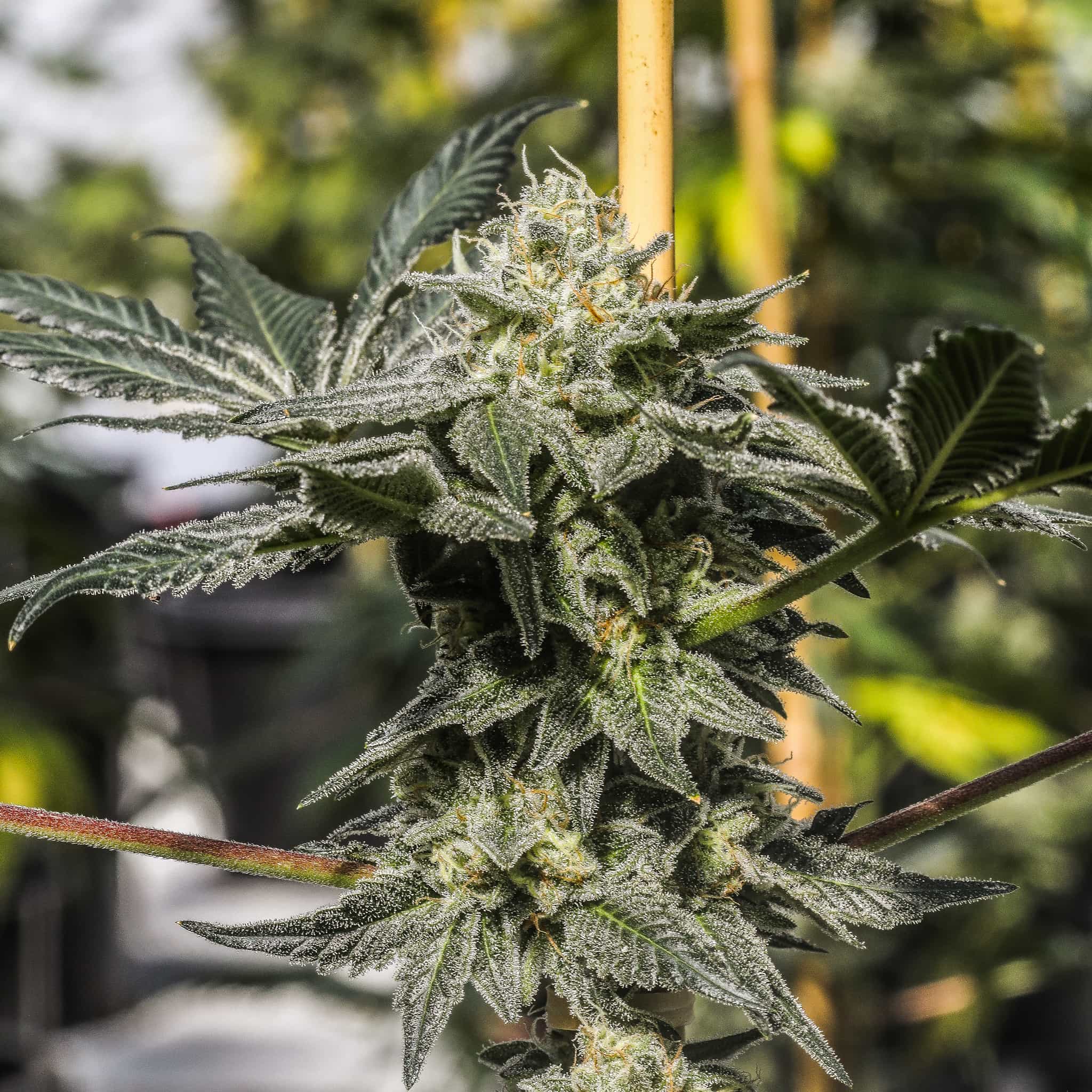
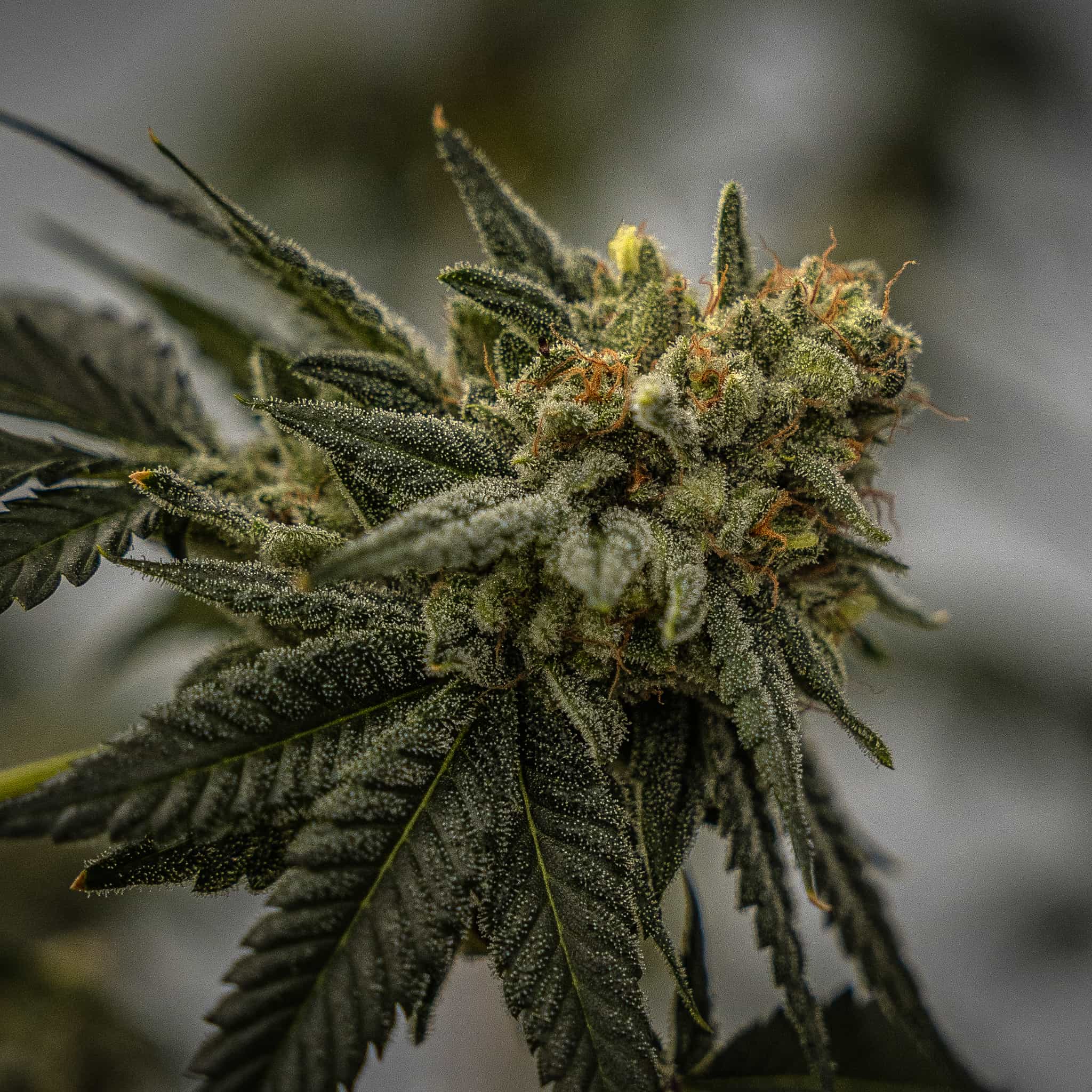
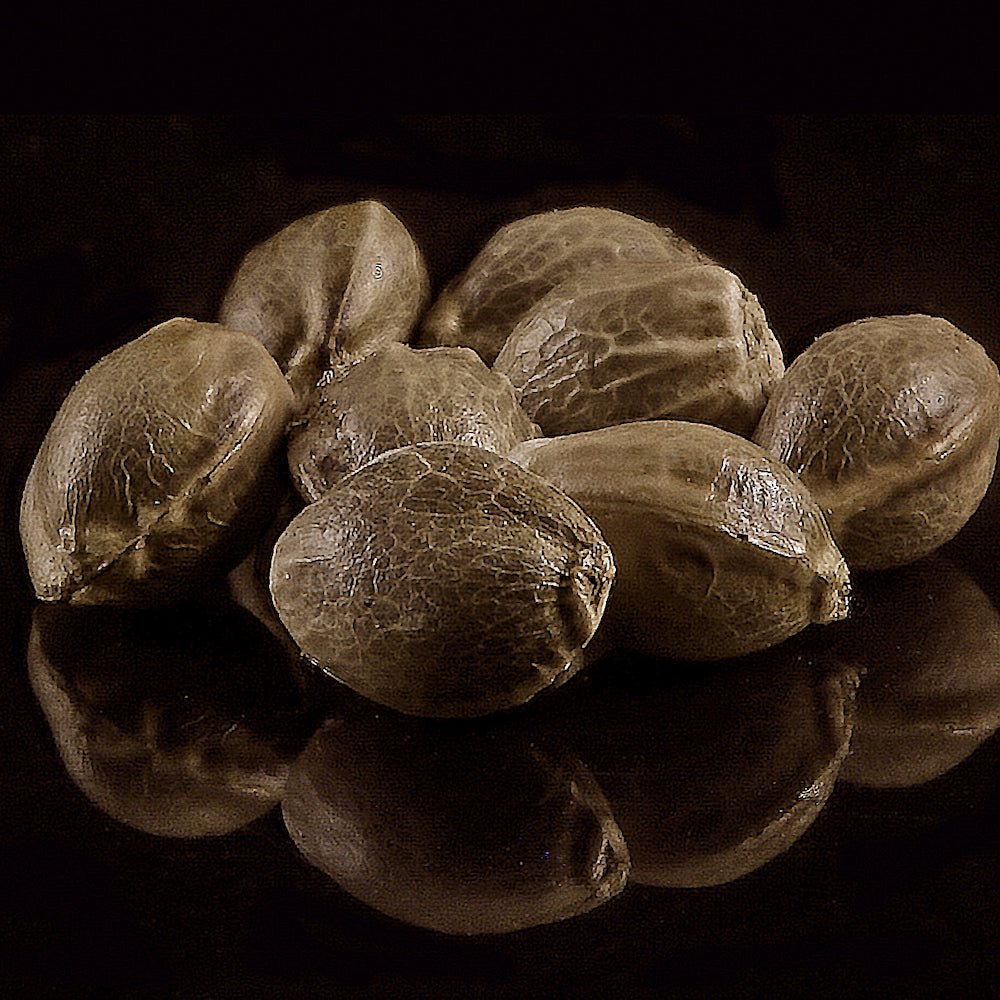
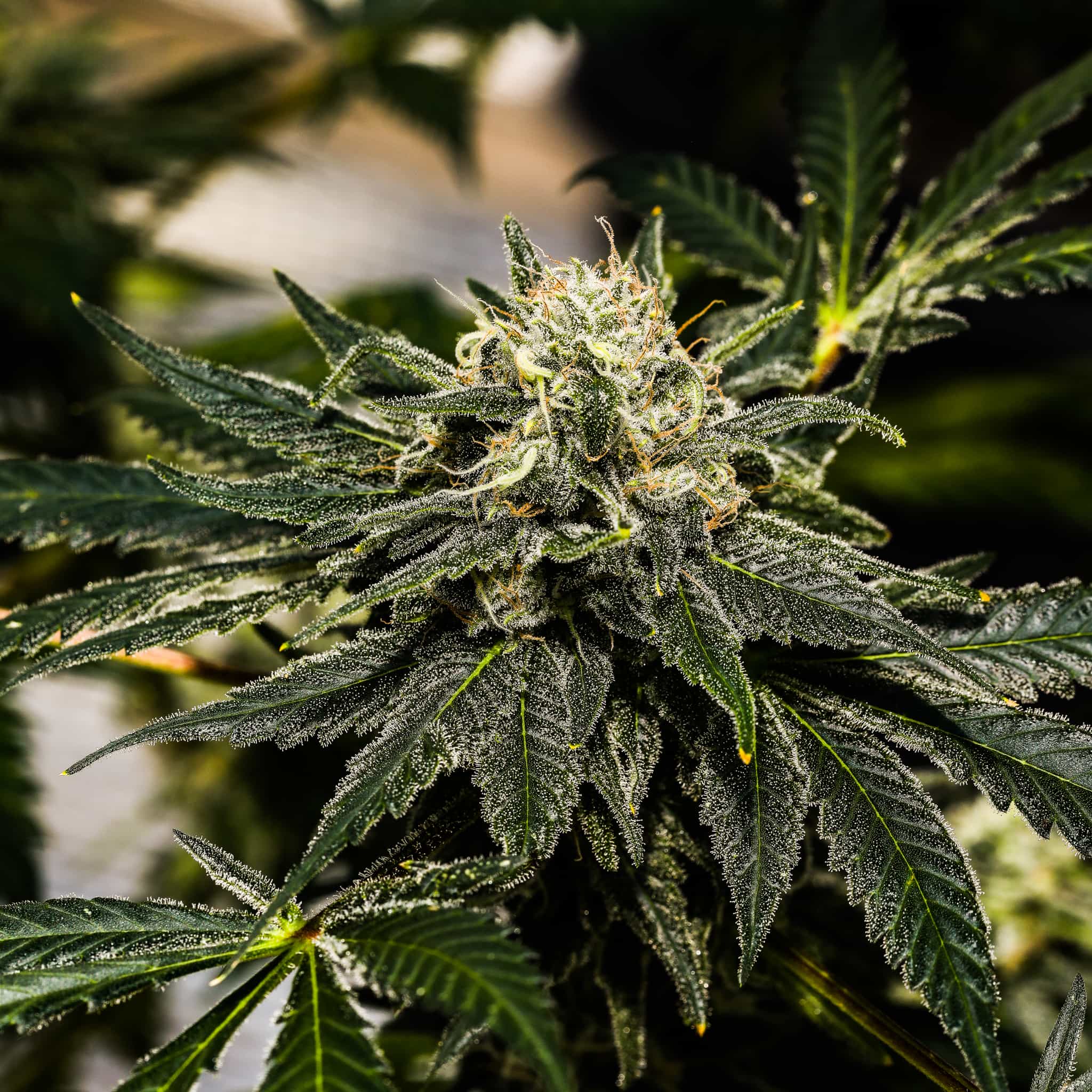
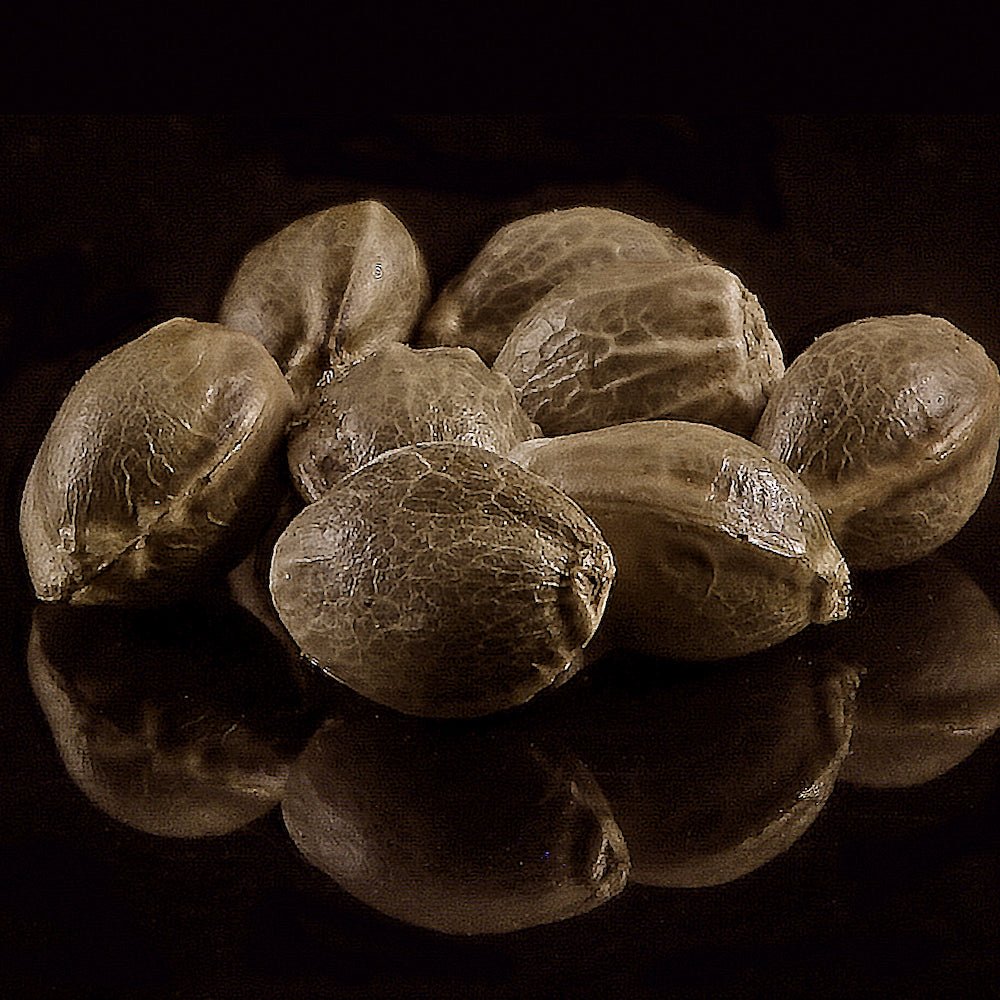
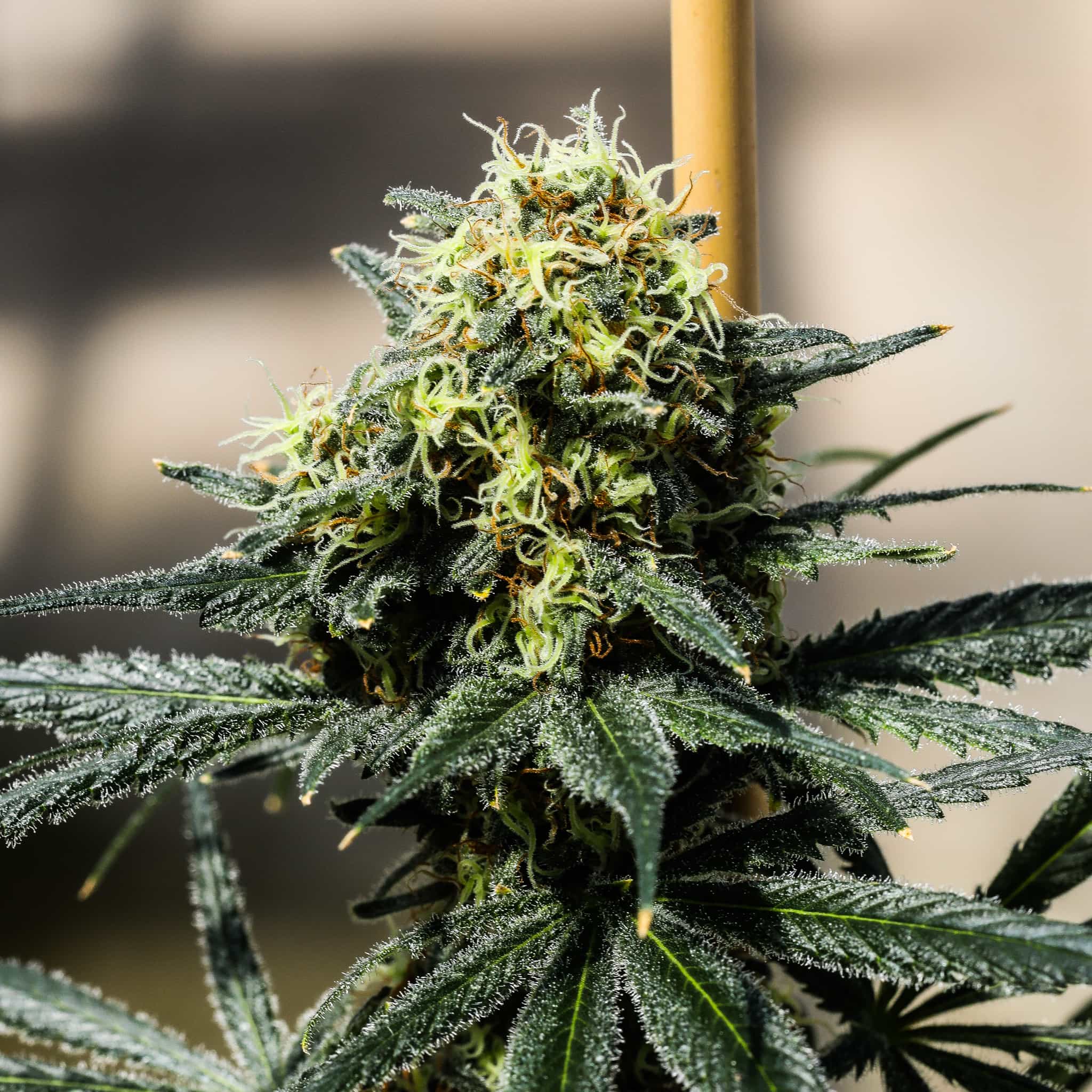
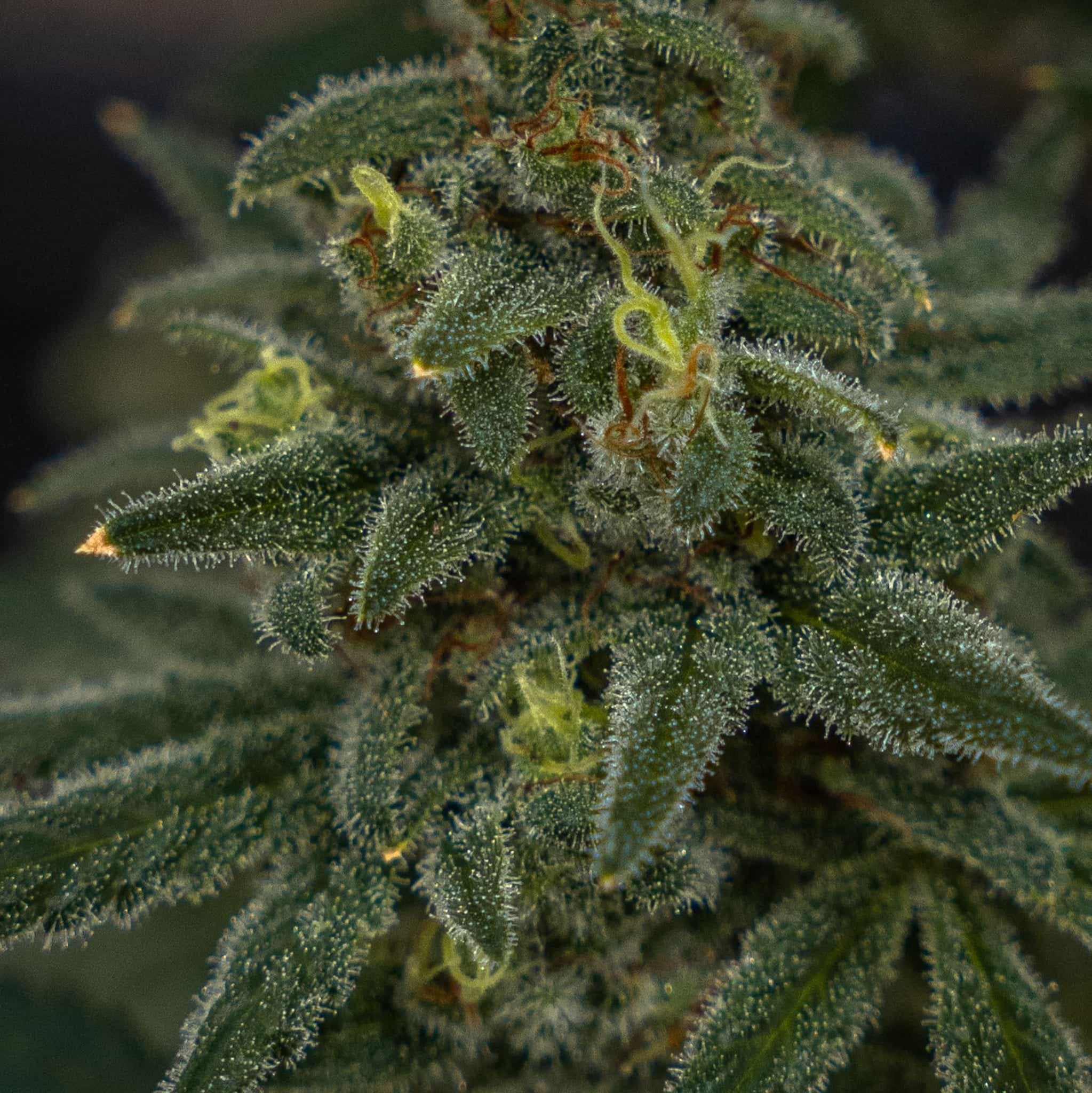
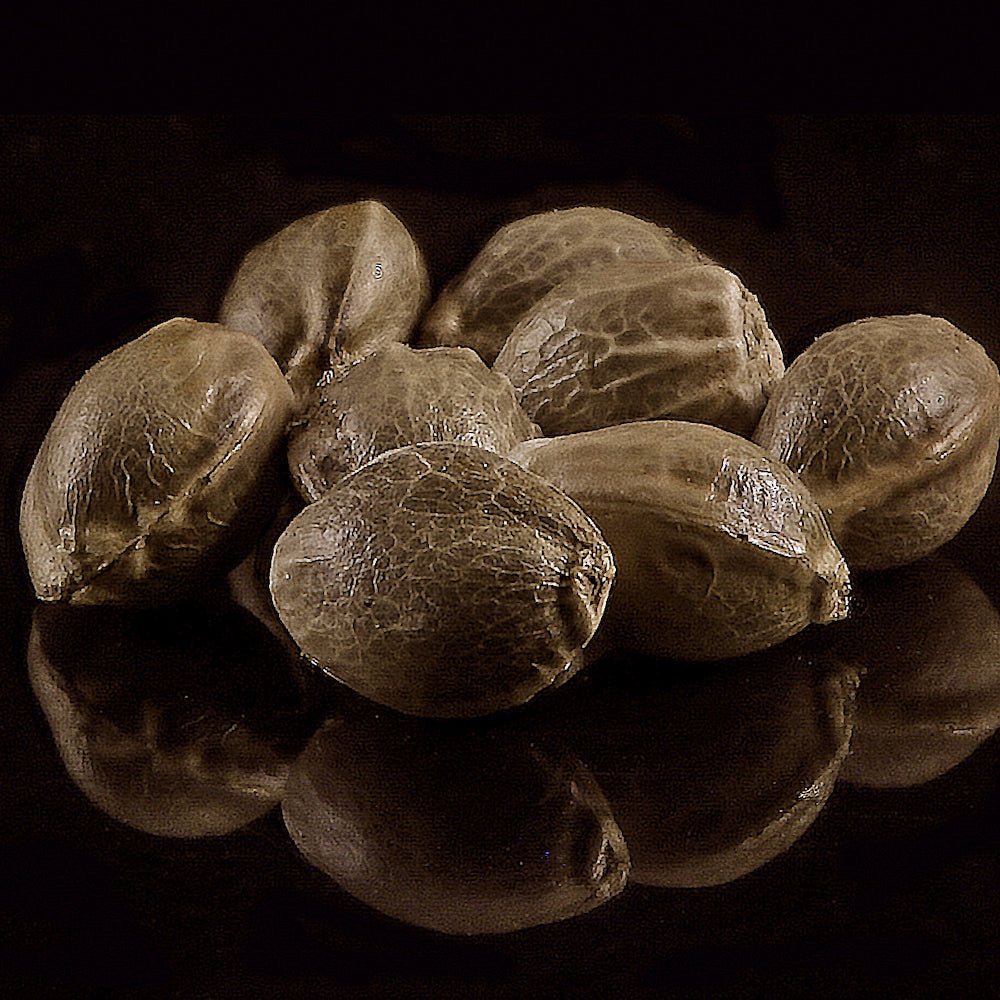
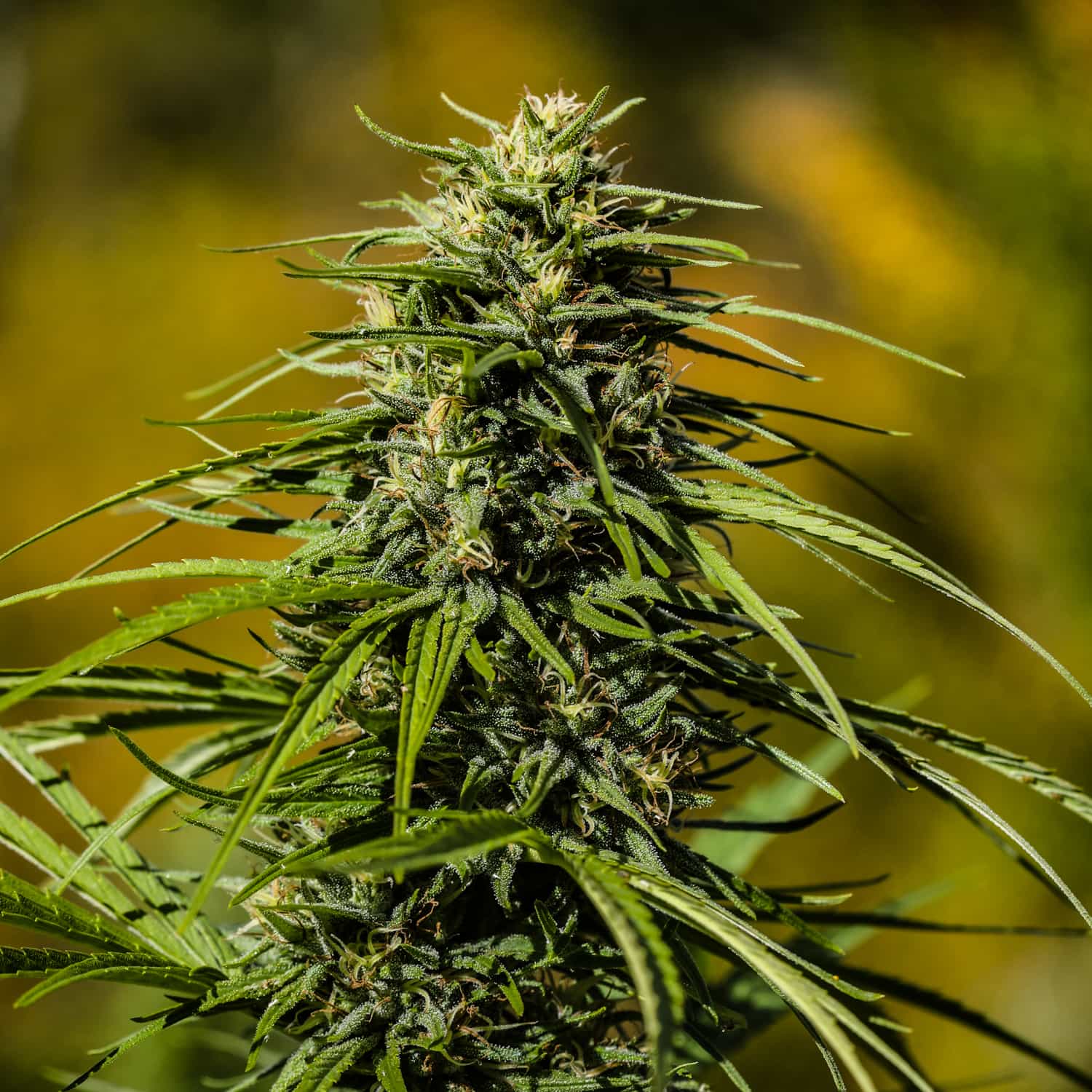
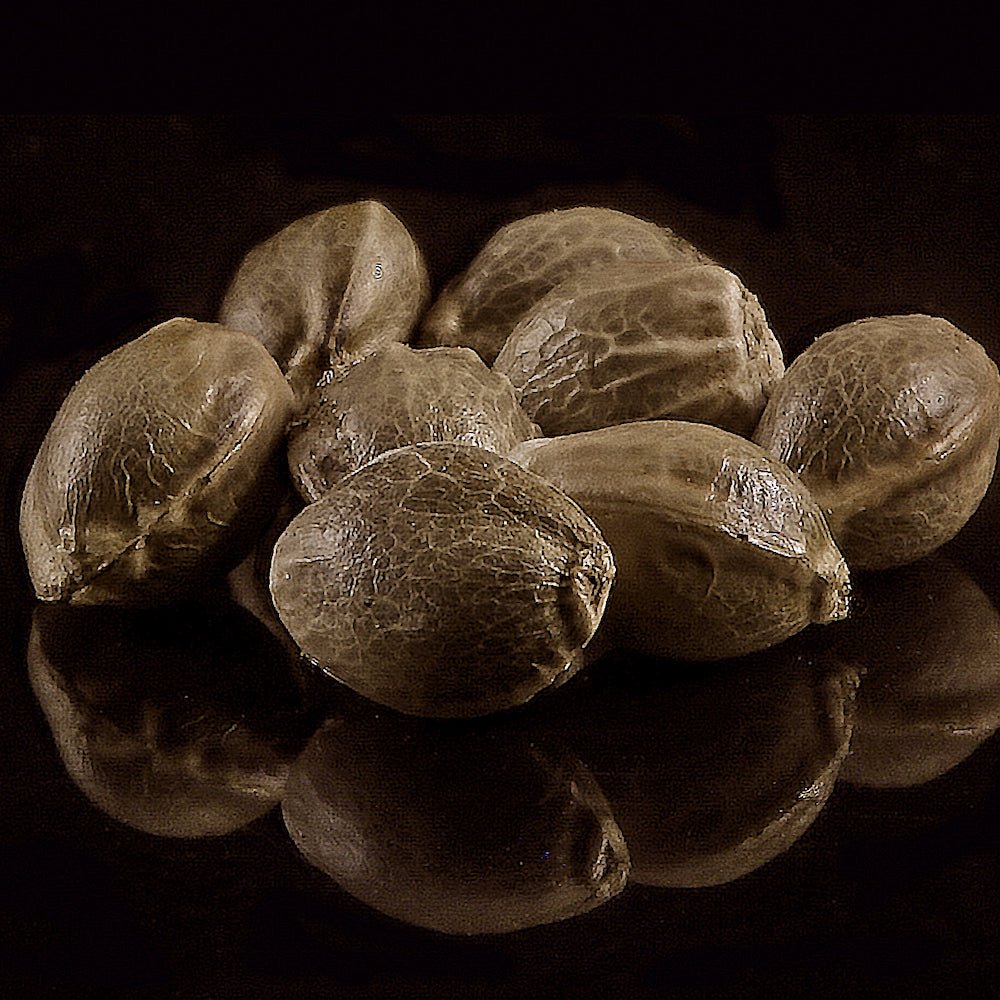
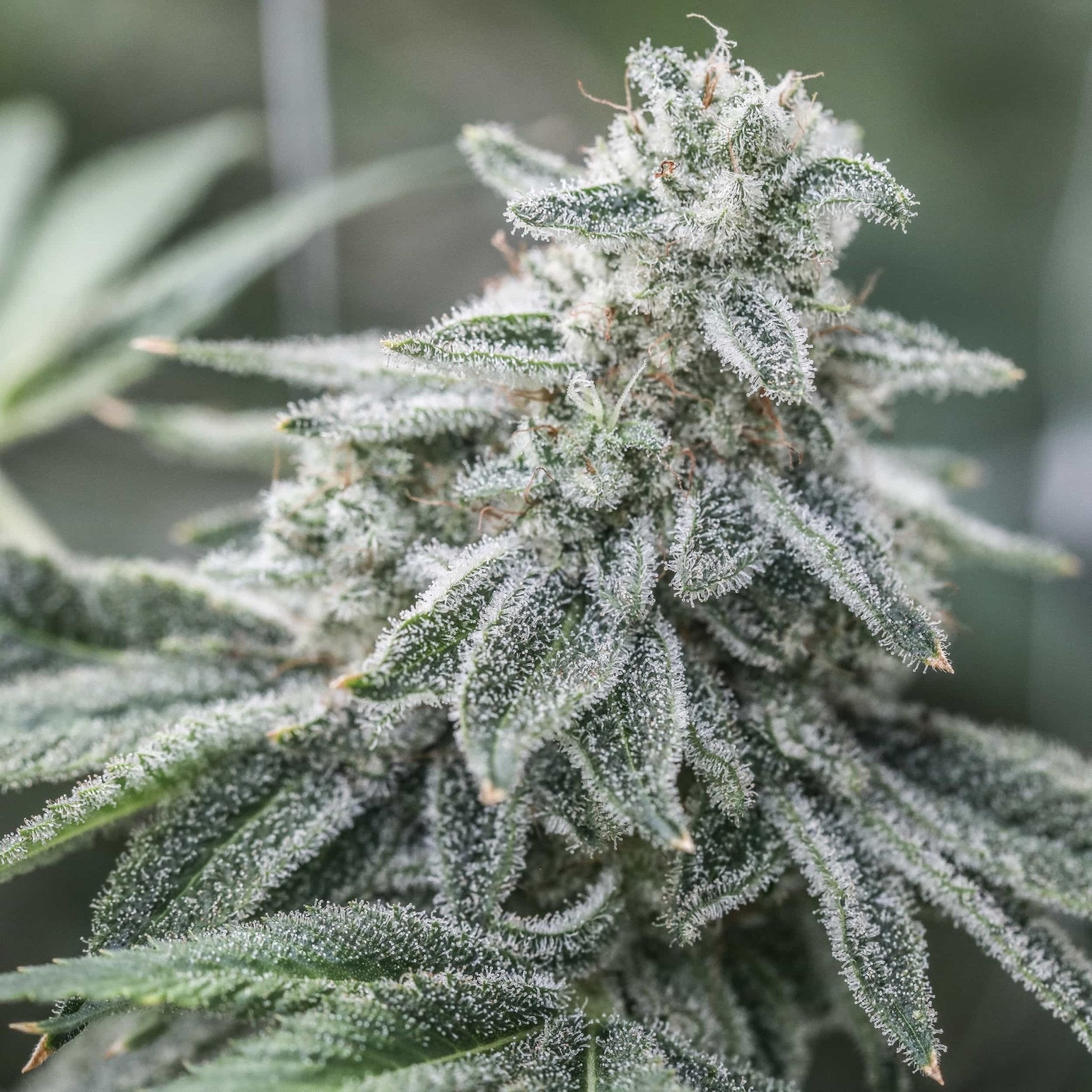
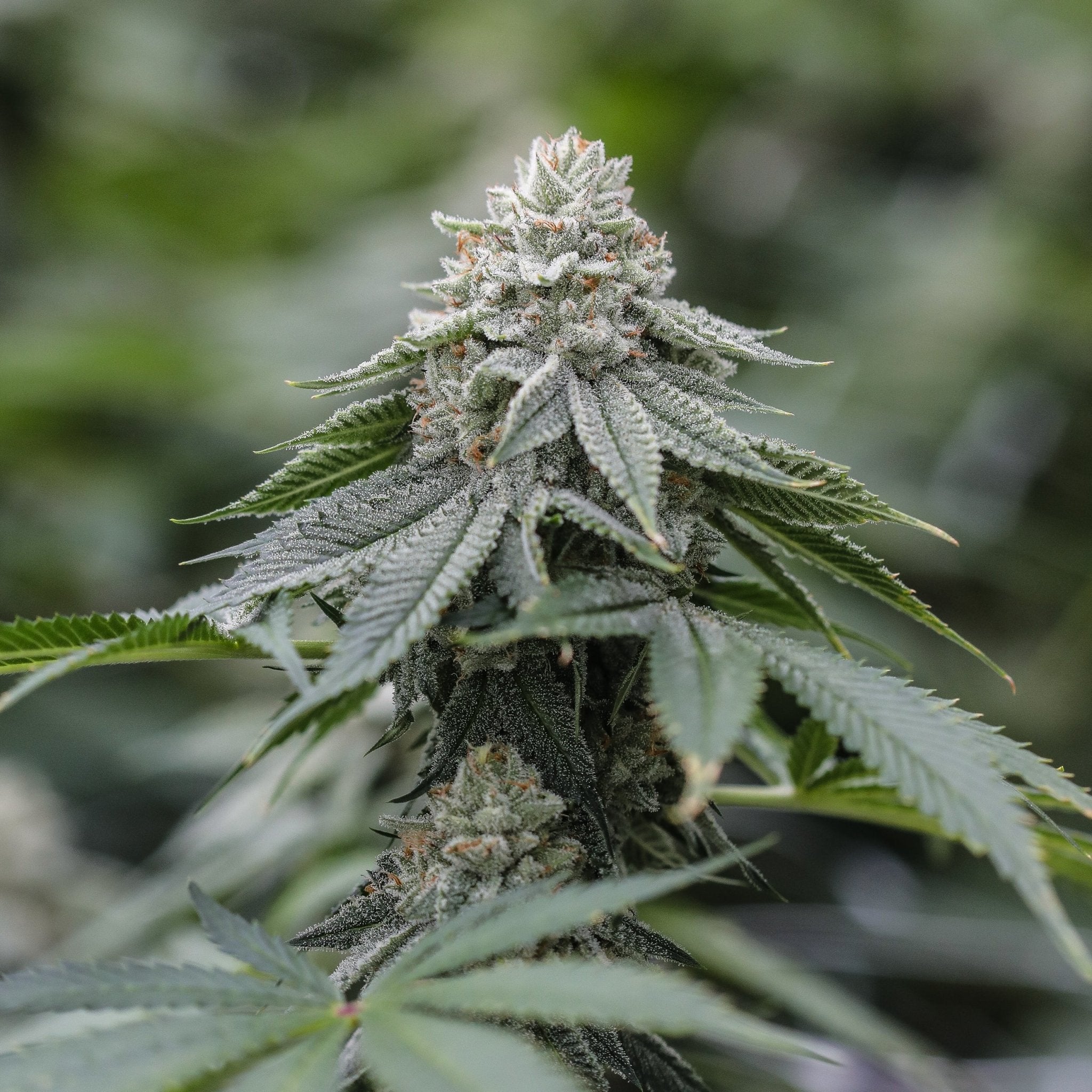
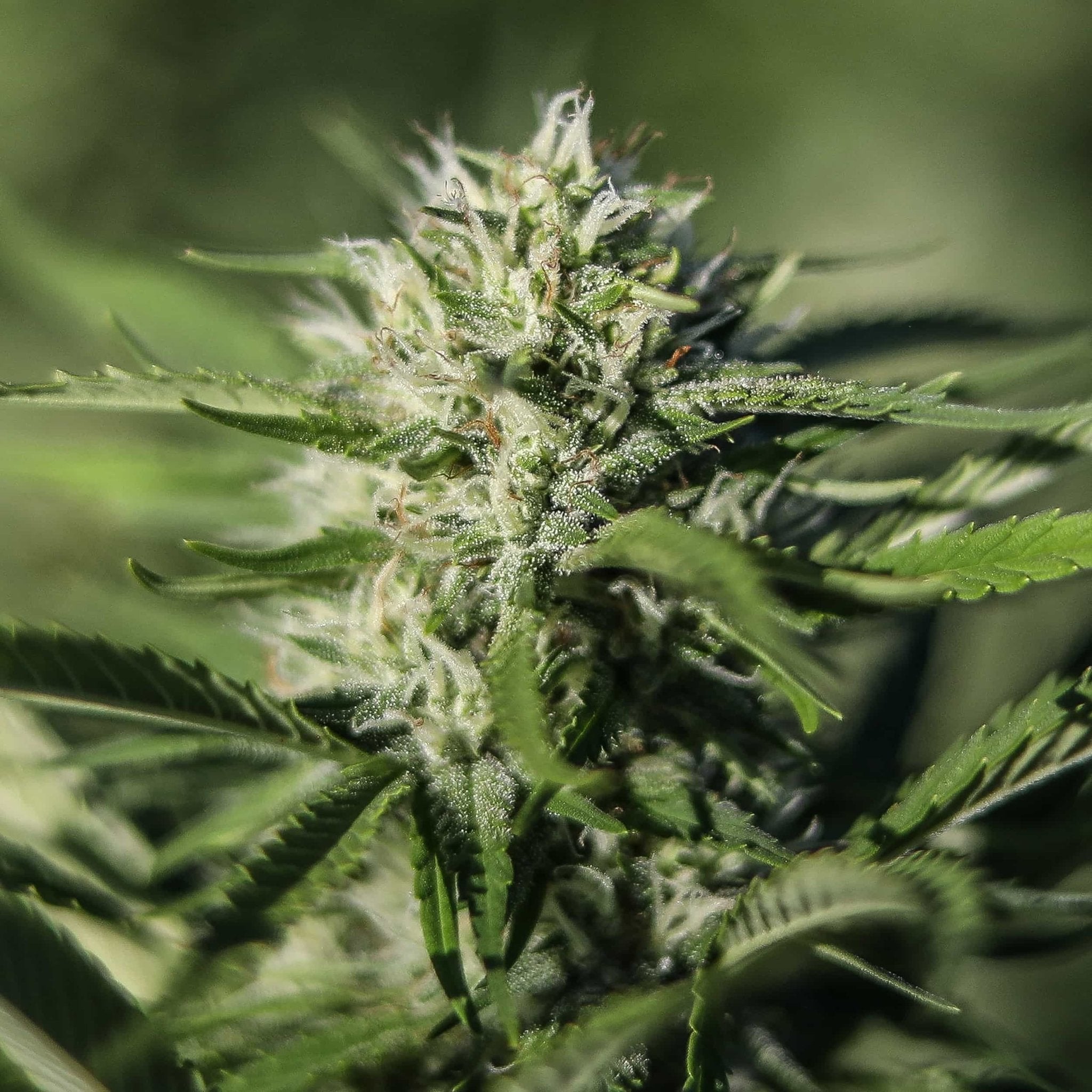
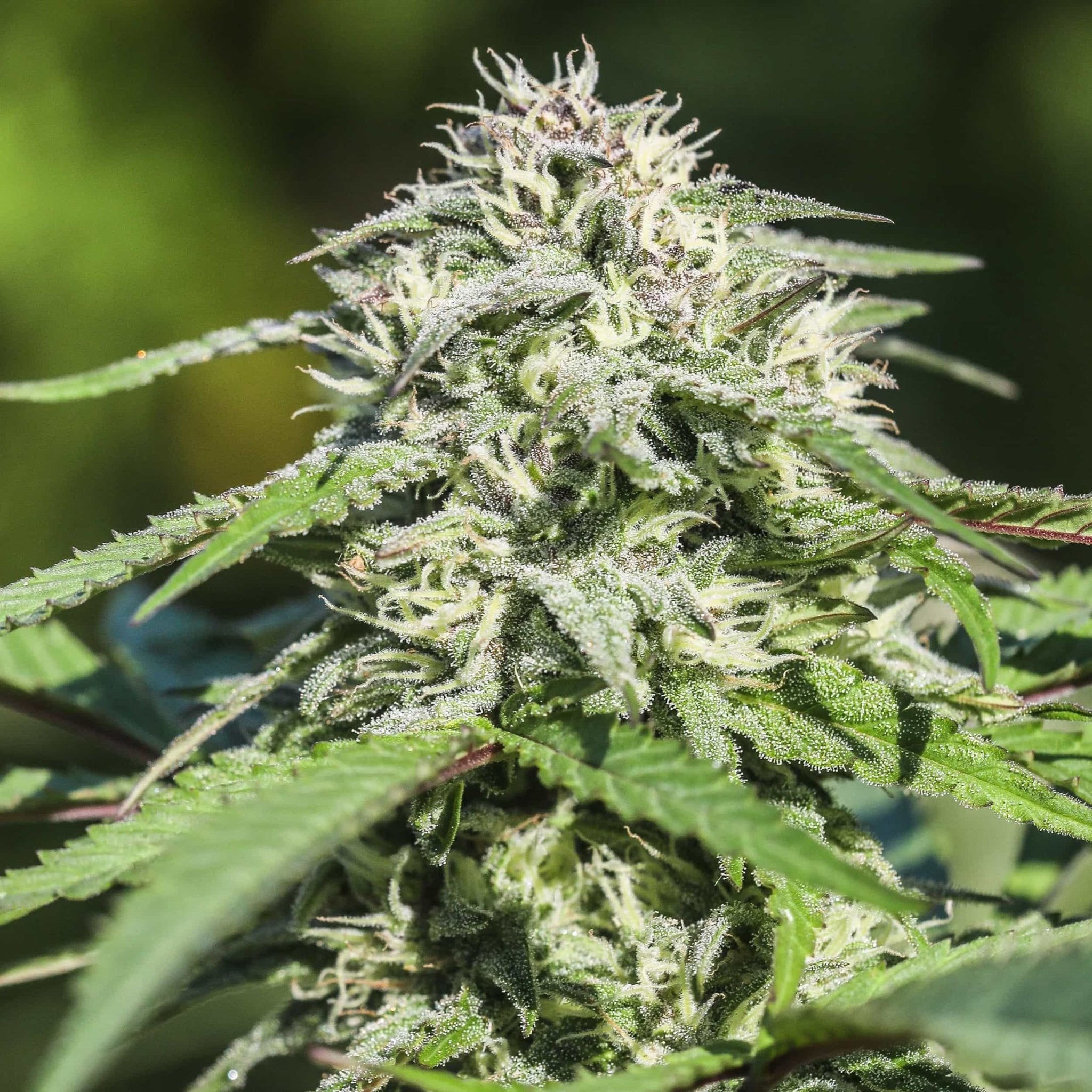
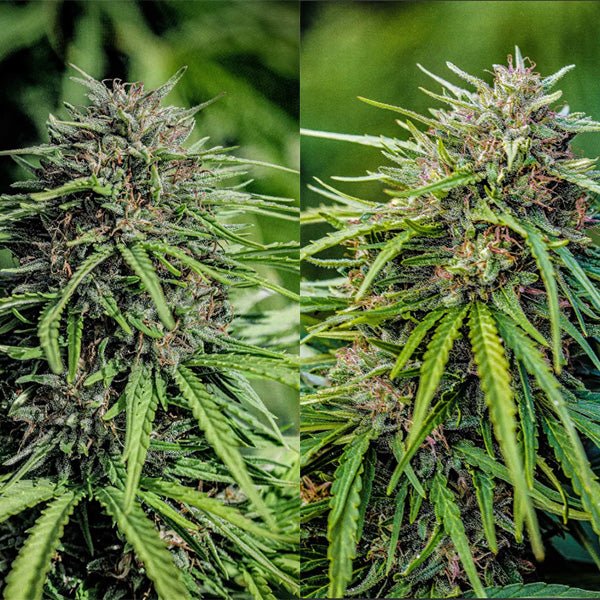

Komentář
Great article.
So, you didn’t touch on what generation you get to to consider it a pure line for breeding stock to make the f1 hybrids, curious as to that.